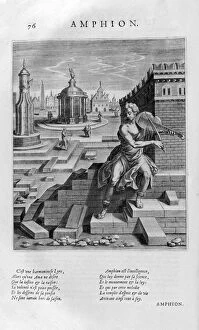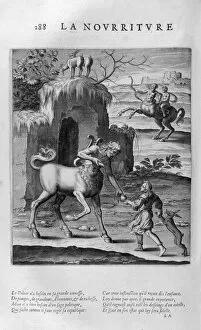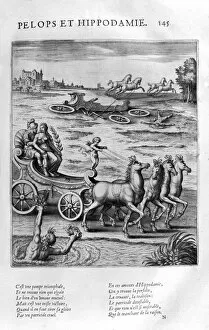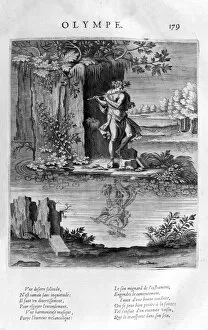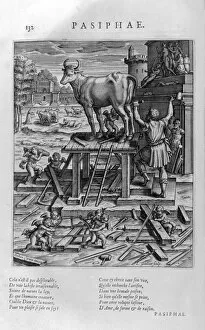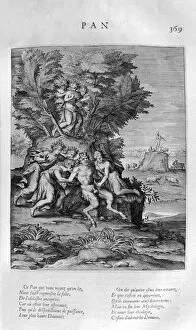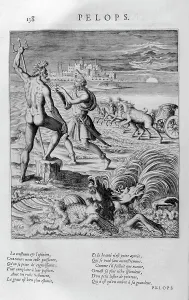Jaspar Collection
"Jaspar: A Journey Through Time and Art" Step into the world of Jaspar, where history and art intertwine to create a captivating narrative
All Professionally Made to Order for Quick Shipping
"Jaspar: A Journey Through Time and Art" Step into the world of Jaspar, where history and art intertwine to create a captivating narrative. From The Great Gale of Last Week's powerful engraving to The Three Magi on Horseback's exquisite stained glass, each piece tells a unique story. Marvel at the intricate details of a carved jasper model of a rhinoceros from the 1900s, adorned with sparkling diamonds that add an enchanting touch. This masterpiece showcases the craftsmanship and creativity of its time. The historian John Besly immortalized by Charles Meryon captures our attention, reminding us of the importance of preserving history through art. His portrait serves as a testament to his contributions in unraveling the mysteries of our past. In Adoration of the Magi, vibrant tempera paints bring this religious scene to life on wooden panels. It transports us back in time, allowing us to witness this sacred moment with awe-inspiring clarity. Michel de Marolles' depiction of Jason and the Argonauts takes us on an epic adventure filled with mythical creatures and heroic deeds. The artist's skillful brushstrokes breathe life into these legendary figures, making them leap off the canvas. Leonard Gaultier's series captivates us further - Scamander reveals a river god flowing gracefully amidst nature's beauty; Rhodogune exudes elegance as she graces our gaze; Comus enchants with his mischievous charm; The Nile immerses us in its majestic waters; The Players transport us backstage for glimpses behind their theatrical masks; Ajax the Lesser stands tall as he commands attention. Jaspar is not just about individual artworks but also about connecting threads that weave together tales from different eras. It invites you to explore diverse narratives while appreciating artistic brilliance across centuries. So step into Jaspar’s realm – where imagination meets reality – and let these captivating artworks transport you to a world of wonder and inspiration.














